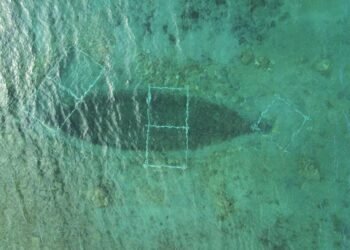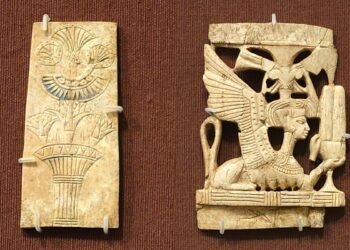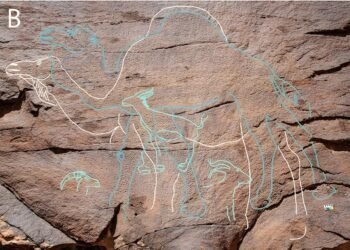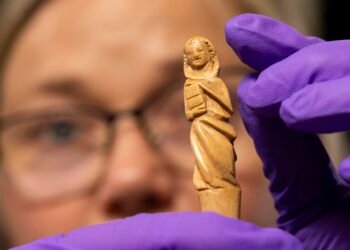Researchers have discovered evidence of human interaction with megafauna considerably earlier than the widely accepted arrival of humans in South America. A 33,000-year-old right calcaneus (heel bone) of the giant ground sloth Lestodon armatus, discovered in Arroyo del Vizcaíno in southern Uruguay, shows a deep indentation that may have been created by a human-made weapon.

The fossil is dated to around 33,000 calibrated years ago and is from an intensely dense bone bed of more than 2,000 megafaunal remains dominated by L. armatus. The bone, CAV 45, has a circular, cone-shaped depression approximately 21 mm in diameter and almost 41 mm deep. Its characteristics include smooth entry edges and conchoidal fractures—an indicator of forceful penetration into thick, cortical bone.
Through CT scanning and silicone casting, the researchers were able to map the wound structure. Microscopic inspection showed fine parallel striations within the cavity, which revealed that the penetrating object rotated and shifted laterally during insertion.
Organic fiber residue tests also showed that plant materials are still lodged in the indentation. This suggests not only trauma, but also possible transfer of tool-making residues like wood or whisker-hardened tips.

To determine if the indentation was caused by human or natural forces, alternative causes—carnivore bites, erosion, and accidental impacts—were considered by the researchers. Carnivores such as saber-toothed cats and giant bears make specific tooth marks, none of which match this circular bore. The same applies to accidental rock impacts or trampling, where one would expect irregular fractures, not the clean, cone-shaped hole observed. The mark’s extent and uniqueness argue against involvement by natural agents.
The shape of the indentation shows that the tip must have been rounded, not sharp, so the authors suggest that it could be a hardened wooden shaft with a bone, ivory, or hardwood point being driven in with enough force and rotation to pierce thick bone.

The angle of penetration—about 60° relative to the ground—fits a possible close-range hunting scenario. It would be in line with a thrusting action, possibly aimed at immobilizing the large animal rather than butchering it.
This evidence of potential bone trauma suggests that humans were probably hunting megafauna in southern South America well before the Last Glacial Maximum (~26,500–19,000 years ago). This pushes back the earliest solid evidence of human–megafauna interaction in South America. Consensus has it that humans arrived around 23,000 cal yr BP (as at White Sands, New Mexico), but this finding supports the evidence of earlier human presence in the Americas.
While compelling, the hypothesis is still tentative. More study is required on the sloth’s cut-marked bones, which have been found at Arroyo del Vizcaíno, as well as lithic fragments and other specimens before the case can be strengthened. The site already contains more than 40 bones with cut marks, some similar to the heel bone gap, and indicates more human–megafauna contacts.
Whether this millennia-long record of hunting marks constitutes human hunting ingenuity or natural accident, it is a fascinating addition to the prehistory of the Americas. The study, published in the Swiss Journal of Palaeontology, encourages further exploration of artifacts, bones, and landscape to reveal early human activity and strategies in megafaunal environments.























I love ❤️ looking at the past 😍
This is a great story’s on what’s going on and so interesting. I hope to read more information right up my ally, thank you for the chance 👍🏼🌹
My initial thought was that this mega fauna had possibly run into something, like a broken tree branch.
Then I saw it was a sloth.